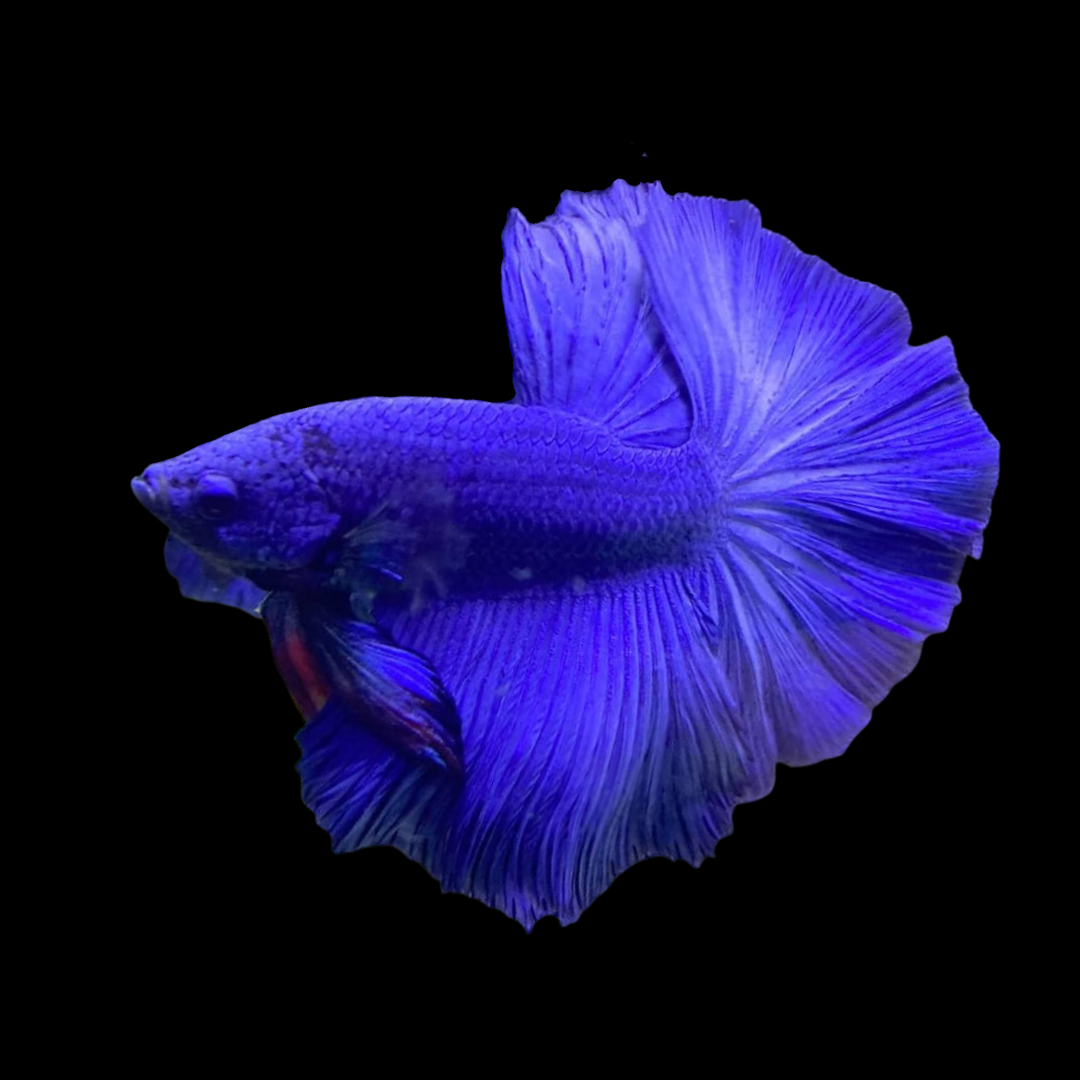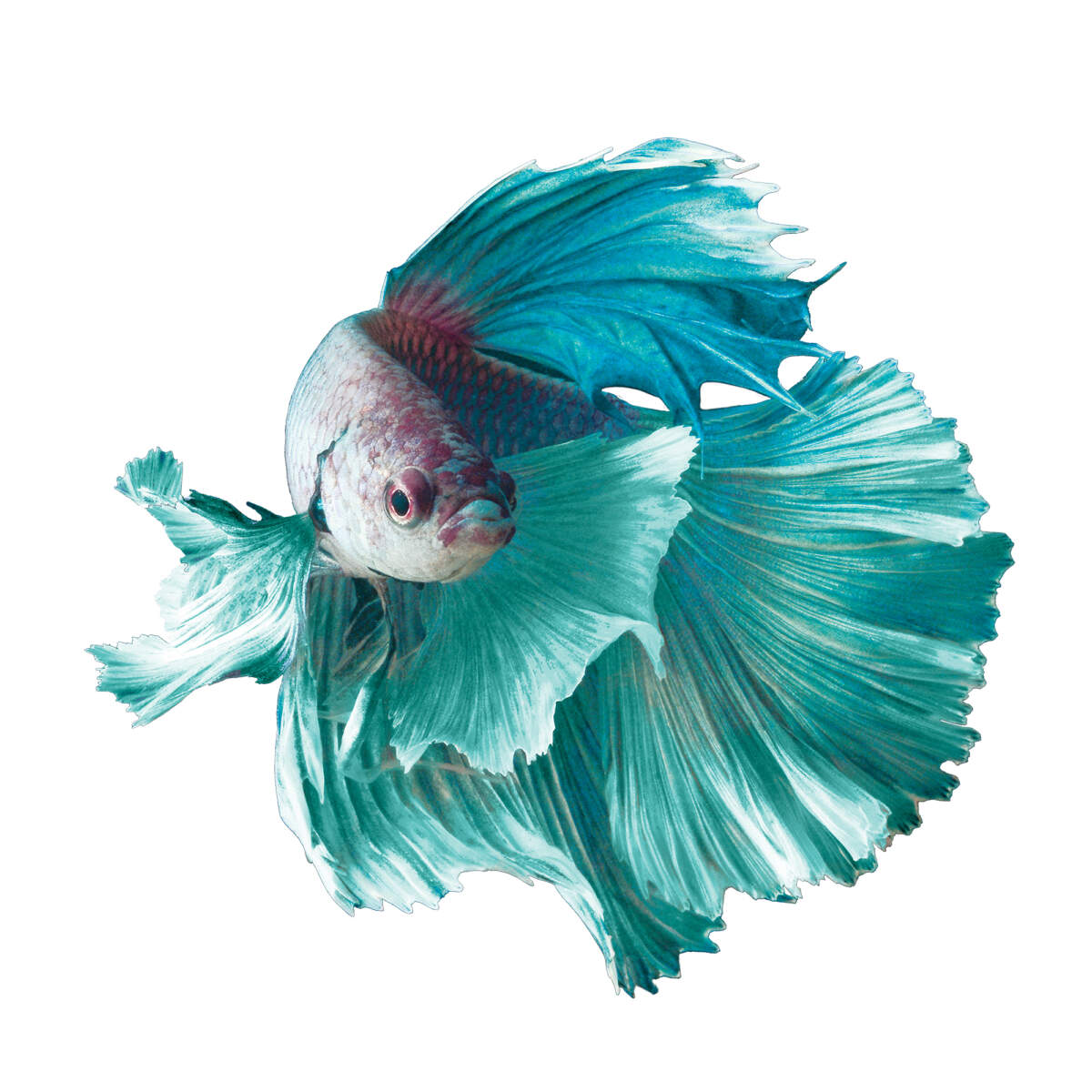Exactly How to Breed Betta Fish Effectively: Professional Techniques and Insights for Hobbyists Aiming To Increase Their Betta Collection
Breeding Betta fish needs a nuanced understanding of genes and ecological conditions, making it vital for enthusiasts to come close to the process with both diligence and care. Developing an optimum breeding atmosphere, choosing the appropriate sets, and observing the complexities of their courtship habits are fundamental actions that can dramatically impact the outcome.
Comprehending Betta Fish Genes
Recognizing the genes of Betta fish is crucial for successful breeding, as it influences traits such as color, fin shape, and behavior. Betta fish exhibit a diverse selection of shades and patterns, greatly established by their genetic make-up.
In addition to pigmentation, fin morphology is an additional substantial facet of Betta genes (betta fish). The sizes and shape of fins are affected by numerous genetics, consisting of those that determine whether the fins are short, long, or veil-shaped. Understanding these genetic variations helps breeders predict the phenotypic outcomes of their spawn
Additionally, behavioral traits such as aggressiveness and territoriality can also be affected by genes. These actions play an essential function in the breeding process, as they can impact generating success and the general temperament of the resulting fry. By adequately comprehending these genetic concepts, breeders can make informed choices, ultimately boosting their reproduction programs and accomplishing preferable results.
Preparing the Breeding Setting
Creating an ideal breeding atmosphere is important for the effective recreation of Betta fish. The initial step in preparing this setting is to select a proper breeding container, ideally varying from 5 to 10 gallons.
Following, consider the use of a sponge filter or an air rock to give mild water circulation without producing strong currents that can emphasize the fish. It is essential to install plants or breeding cones to use concealing places and advertise comfort for the female during the spawning process. Floating plants, such as Java moss or water sprite, can likewise produce a much more all-natural atmosphere while promoting bubble nest structure by the man.
Prior to presenting the reproducing sets, make certain the water is conditioned and devoid of damaging chemicals, such as chlorine or heavy metals. betta fish. Routine water changes ought to be carried out to preserve ideal water high quality, improving the possibilities of successful breeding. With these preparations in place, the breeding setting will certainly sustain the health and wellness and wellness of both Betta fish
Choosing Breeding Pairs
Choosing the best breeding sets is critical for attaining effective Betta fish reproduction. When choosing your breeding sets, take into consideration numerous crucial elements including health, personality, her comment is here and genes. Healthy and balanced Betta fish display dynamic colors, clear eyes, and energetic habits. Choosing fish that are devoid of navigate to this site disease ensures a far better opportunity of creating practical offspring.
Temperament is an additional crucial factor to consider, as Betta fish are known for their hostile nature. It is a good idea to select a man and female that exhibit suitable temperaments to decrease anxiety during the reproducing process. A calm male can encourage a smoother courtship, while a lady that is too hostile may interrupt the process.
Genetic history also plays a substantial function in the top quality of the children. Reproducing fish that are genetically diverse can lower the risk of genetic health concerns and enhance the total vigor of the fry. It is useful to research the lineage of both the man and female, concentrating on desirable qualities such as fin type, shade patterns, and dimension.
The Breeding Refine
The breeding process of Betta fish calls for careful planning and focus to detail to make certain a successful result. It is essential to prepare a suitable reproduction container, ideally a 5-10 gallon fish tank with a temperature level maintained at 78-80 ° F. The storage tank needs to be equipped with a heating unit, filter (ideally sponge kind to avoid solid currents), and lots of marine plants for the lady to hide.
When the atmosphere is established, present the picked reproducing pair to the tank, enabling them to accommodate. Observe their actions; the man will certainly display fancy courtship routines, consisting of flaring his fins and constructing a bubble nest. If the female reveals interest, she will certainly display upright stripes indicating readiness for spawning.
When the lady is receptive, both will involve in a mating embrace, during which the male feeds the eggs. It is crucial to check their communications very closely, as the man may become hostile. After generating, eliminate the woman to stop potential harm. The man will certainly have a tendency to the eggs, which usually hatch within 24-36 hours. Keeping optimum water conditions throughout this duration is vital for the advancement of healthy Betta fry.
Caring for Betta Fry

Feeding Betta fry is important, as they call for a diet high in protein. Originally, they can be fed infusoria or liquid fry food, transitioning to finely smashed high-quality pellets as they grow. Feed tiny portions multiple times a day to motivate healthy and balanced development without overloading the tank with uneaten Visit Website food.

As they grow, monitor their development carefully and separate any hostile individuals to prevent damage. By offering a supporting atmosphere and proper nourishment, enthusiasts can successfully raise Betta fry into vibrant, healthy and balanced fish, eventually enhancing their reproduction ventures.
Conclusion
Effective Betta fish breeding needs meticulous interest to genetic selection, ecological problems, and care for the fry. By comprehending the genes of Betta fish and preparing an ideal breeding environment, hobbyists can boost the opportunities of generating vibrant, healthy children.
Comments on “How to Choose the Right Betta Fish for Your Fish tank”